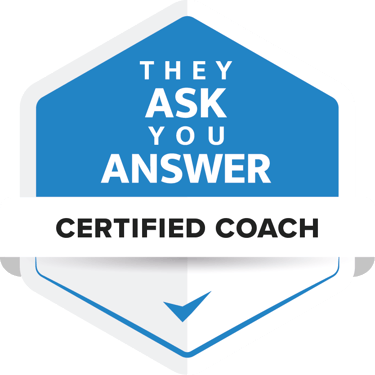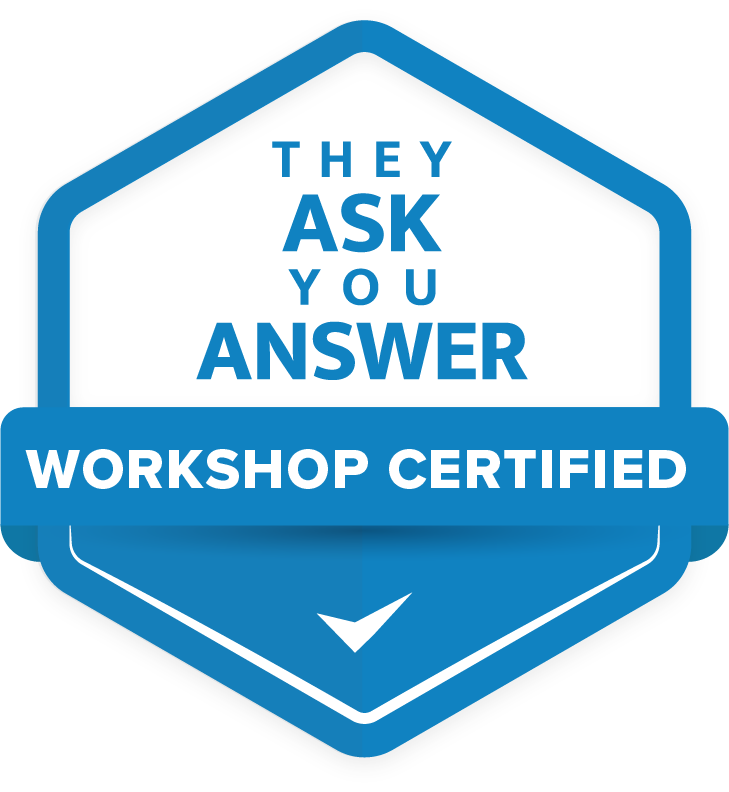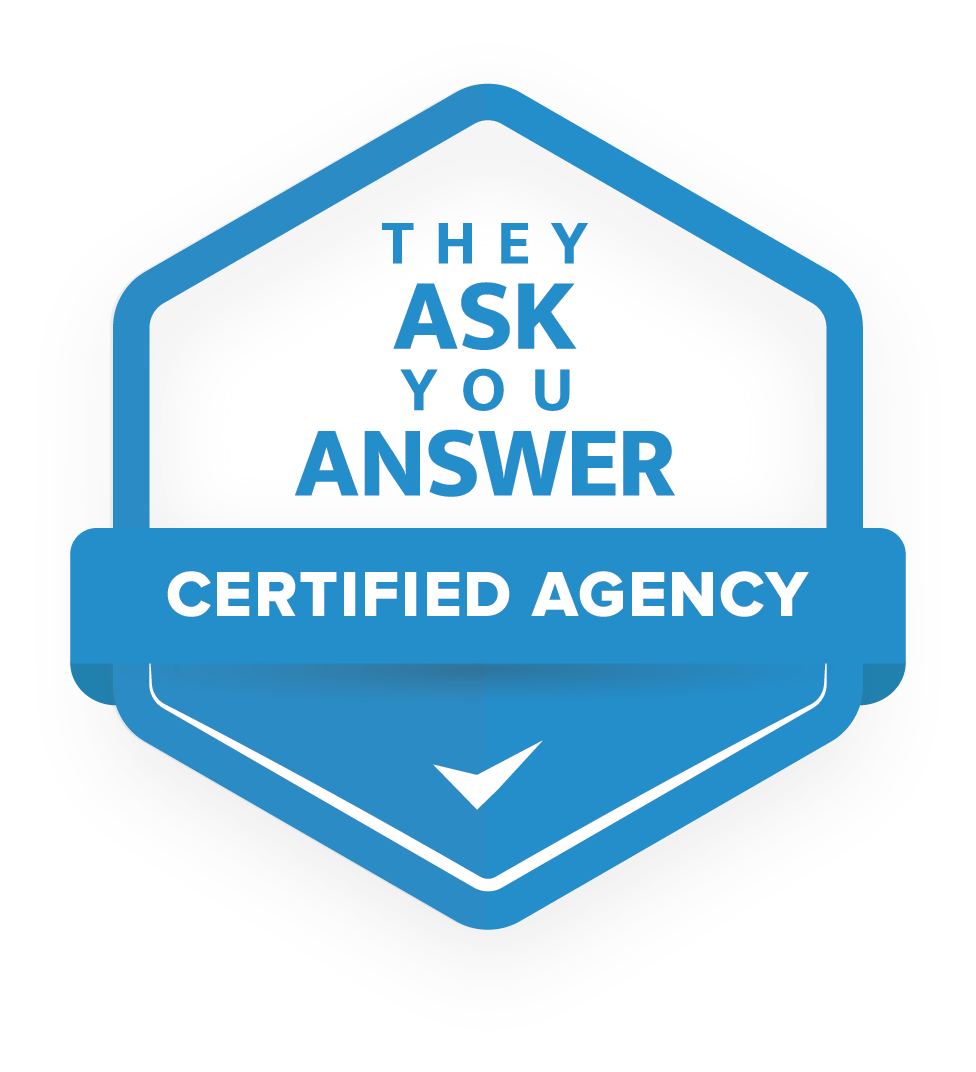Why most corporate videos don't generate sales (and which ones do)

Many companies struggle with how to use video to generate more sales. Often they have a company video or "about us" video on their website, but they find that it contributes little to sales.
Recognizable?
As a video trainer at Buzzlytics, I have helped several companies that were in the same boat as you to create a sales-oriented video strategy. Our team has successfully worked with both B2B and B2C companies. Because of this, we know exactly what works, and what doesn't.
In this article I will show you why most corporate videos do not generate sales and what types of videos are effective. After reading this article, you will know exactly which videos you need to create for more sales and you will have received practical tips on how best to go about it.
Are you ready? Here we go.
The problem with many companies' video strategy
Most companies getting started with video focus primarily on corporate videos or about us videos.
These videos are often found on the homepage or the about us page of a website and they usually show the company's premises, employees, team outings and sometimes a production process.
The problem with these types of videos is that they tell how nice the company is, but do not help the consumer make a purchase decision.
In StoryBrand-terms: not the customer, but the company is the hero in the videos. As a result, you don't make a connection with your customer, which is essential if you want your videos to generate sales.
Many videos tell how nice the company is, but do not help the consumer make a purchase decision.
Later in this article, I share which seven types of videos do contribute to your sales. But first I want to take a moment to explain why video anno 2024 is essential.
Why you can't ignore video as a business in the year 2024
Of course, you can choose to focus entirely on blogging and do nothing with video.
But then you ignore the fact that 80% of the online content your customers consume anno 2024 consists of video, versus 20% written content. And this while corporate websites consist of only 5% video, versus 95% written content. What is that ratio on your website?
So videos are a big part of our online experience and in both b2c and b2b play an important role in making buying decisions. Even in business, we end up selling from person to person.
Corporate websites consist of only 5% video content versus 95% written content.
But there is another reason to engage with video: companies that do so have a competitive advantage.
For example, video expert Lindsey Auten told IMPACT Live in Chicago in Spring 2024 that as many as 91% of companies are thinking about a video strategy by 2024. In 2016, the figure was only 60-65% and 85% by 2020. So the number of companies engaged in video is increasing rapidly, and if you don't invest in this you run the risk of being left behind.
Seven types of videos that contribute to more sales
As mentioned, videos we often see on corporate websites are not proven to contribute to more sales. But what videos should you make? There are seven, and we quite fittingly call them the Selling 7.
To be clear, these are seven *types* of videos. You can create several Selling 7 videos for each product or service you sell. So with multiple products and services, the number of videos you create quickly adds up.
Below I introduce the Selling 7 to you piece by piece.
1. 80% video
Sales people often answer the same questions in their conversations. A waste of their time, they can also answer these questions in a video they send to the lead in advance.
In this video, they answer the seven to ten questions that recur in almost every sales conversation. These make up 80% of all questions asked in a sales call. Hence the name 80% video.
Once the lead has viewed the video, two things can happen:
- He drops out because, thanks to 80% video, he comes to the conclusion that your product or service is not right for him. Sales is now not spending time on someone who won't buy anyway.
- He is better informed thanks to the 80% video, allowing sales to go into greater depth in the conversation. Sales therefore only conducts conversations with qualified leads and now has more time to do so.
Leads who engage with sales after watching this type of video tend to be more convinced and further along in their sales process than leads who have not seen the 80% video. This shortens the sales cycle.
By answering basic and recurring questions in a video, your sales people can have much more productive sales conversations.
2. Bio-videos
Imagine you are a potential customer and have scheduled a sales meeting with a company. Beforehand, you have already seen a video in which the person with whom you are having the conversation briefly introduces himself to you. So you have already seen and heard your conversation partner for a while and you have a certain feeling about them. This creates a connection and builds trust.
Within They Ask, You Answer, the method we teach our clients at Buzzlytics, we call such a proposal video a bio video. The idea is for all employees to have one.
You can add these videos to your team page or about us page, as well as link them to an email signature.
3. Product or service fit videos.
Ever been in a sales conversation where it was immediately clear that your product or service was not the right fit for your conversation partner? A waste of your time and that of your conversation partner.
You can avoid this with product or service fit videos. In this type of video, you explain what your offering is and what target audience it is suitable for.
These videos are essential within the They Ask, You Answer philosophy because they help customers determine for themselves whether a product or service is appropriate for their needs.
With these videos, you eliminate ill-fitting prospects. As a result, sales spends much less time on prospects who would never buy from you anyway and can spend more time on quality leads.
4. Landing page videos
Most people feel resistance when they have to fill out a form on a Web site.
It can then help tremendously to create a landing page video in which you remove all the doubts and objections that people may have upon seeing such a form.
For example, you tell them in the video when they can expect a response and what happens after they fill out the form. This helps build trust and increase conversion.
With a landing page video, you can eliminate the resistance visitors feel when they have to fill out a form.
5. Costs and prices-videos
Costs and prices are a subject that, especially in the Netherlands, not everyone is comfortable with.
Yet it is crucial to be open about this. After all, money is an important, if not decisive, factor in any purchasing decision. This topic is not the first of the Big 5 blog topics that generate sales for nothing.
A misconception is that you should always list the exact price of each product on a cost page or in a cost video. This is not always necessary. The important thing is that you give a potential customer an idea of the price range and the factors that influence the amount of the price.
With a cost and pricing video, you can prevent your potential customers from comparing apples and oranges.
It can help to explain in such a video what the market looks like. Often the market is composed of a low segment, a middle segment and an upper segment with corresponding unique selling points.
In a cost and price video you can then explain which segment you are in and why you are more expensive or cheaper than some of your competitors. That way you prevent people from comparing apples to oranges.
6. Customer journey videos
As mentioned, in many corporate videos, the company is the hero, rather than the customer. In customer journey videos, the roles are reversed. So in such a video, you show the entire process a customer goes through with your company, from the first contact moment to the final solution and results.
You let the client tell you how he experienced the process, what was pleasant, what was less pleasant, why he chose your company and what success he achieved.
So a customer journey video is different from a review video. Those often just show the customer's success.
For example, if you are a real estate agent, you can create a customer journey video showing how you arrive at the client's home, sit with him at the kitchen table with a cup of coffee, discuss the price, the launch on Funda, and what his reaction was when you called that the house had sold above the asking price.
Customer journey videos provide social proof and create recognition among potential customers with similar problems as the customer in the video. They show how your company has helped others with the same problems, giving potential customers confidence that you can help them too.
A customer journey video is different from a review video. Those often only show the customer's success.
7. Clames we make videos
Almost every company makes statements such as "We offer the best service" or "We have the highest quality."
But one of the core principles of They Ask, You Answer is that what you don't show, doesn't exist. Your buyer doesn't believe it until he sees it.
A claims we make video makes the statements you make visible. You show that you offer the best service, rather than just saying so.
An example: one of our customers makes prefabricated chimneys. They claim to provide the best quality because all their chimneys are insulated, fireproof and watertight. This is not standard in the market. They could make a claims we make video of this showing how their chimneys are made and tested.
Start with videos that drive sales
Creating the right corporate videos is essential to generating more sales. Most corporate videos focus too much on the company itself and not enough on the customer's needs and questions. As a result, they do not contribute to more sales.
By creating the Selling 7 videos, you can better inform potential customers, avoid unnecessary sales calls and ultimately generate more qualified leads.
At Buzzlytics, we have already helped many companies set up a sales-oriented video strategy and create the right videos. We believe that by 2024, video will be an indispensable part of any marketing strategy and companies that do not invest in it risk falling behind their competitors.
Wondering how we can help your business with a sales-focused video strategy? Then schedule a call today with one of our They Ask, You Answer consultants. They'd love to think with you.
Related articles
February 11, 2025
-
Reading time: +/- 6 min








